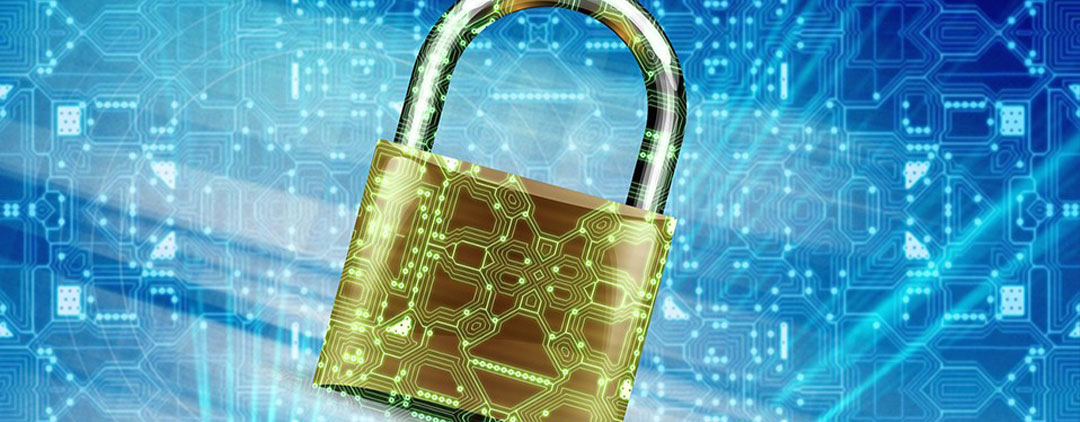One of the best ways to manage your information and protect your organization is to have an integrated security system. While your IT and physical security systems can be installed, maintained, and monitored by multiple groups, the result of this broad safety net may be increased safety risks, costs, and opportunities for miscommunication. Explore the benefits of integrating security systems to see the cost savings and efficiency values it can provide.
Understanding Security Integration
An integrated security system integrates all the parts of the security systems together, so they can be controlled from a single control panel that receives and sends signals from one place. Integrating your systems can help to simultaneously and instantaneously interpret, monitor, record, and respond to alarm data generated from multiple systems, including fire, burglary, panic, medical, environmental and more. These solutions can facilitate selective or automatic responses to alarm signals, permitting a single system the ability to manage millions of data points.
Five Benefits of an Integrated System
Now that you understand the features of an integrated security system, it’s time to review the reasons to make this transition for your organization. Whether you’re operating a central monitoring station, an organizational security command center, or a government facility, here are five ways an integrated security system can benefit your business:
1. Improved Efficacy
Separate teams to monitor security cameras, fire alarms, cyber threats, intrusion, and other security systems is an inefficient way to protect an organization. By combining all these areas into a unified solution, you can streamline processes, workflows, and reporting.
When you integrate your security systems, all operations become centralized. You can monitor all systems from a single workstation, so you don’t waste time trying to operate multiple, disparate systems.
2. Rapid Response Times
A single team enables real-time monitoring and synchronized responses. Integrating your system allows you to see everything at once. The result is a rapid response time that can help you address a security breach faster.
A centralized system can coordinate information from multiple security systems to allow you to see everything happening on your property in real-time. Proactive, real-time monitoring can help mitigate risks and damage while minimizing business disruption.
3. Reduced Operational Costs
The information security technology market is projected to be worth $174.7 billion by 2024. Accessing these services is essential to your business, but that doesn’t mean you need to invest significant resources to keep your facility and confidential information protected. Unifying your security systems reduces administration costs and prevents overlap. With multiple teams providing various services, you may unwittingly be paying more than one team to monitor the same threat.
Rather than adding another layer of protection, this sort of overlap typically results in an unnecessary expense. A single, responsive team can address areas that need to be shored up against a potential IT attack or physical threat. A connected solution may automate many aspects of your organization’s security.
This allows you to address issues quickly and effectively through streamlined processes with your operators. Most companies that choose to integrate their solutions find that the overall savings outweigh the upfront costs.
4. Improved Data Collection
Do you know how safe your building is? How about the number of attempted data breaches? Data is king, but if you aren’t collecting data in a centralized system, how can you use it to make smart operational decisions? With isolated teams, you may not have the resources to aggregate information from multiple systems seamlessly. With your systems integrated you can find a comprehensive overview of all data in one place and help your team stay in sync with the latest information.
By looking at the data in one central location you’ll be able to easily identify areas of weakness faster. Once you identify those weak points, you can quickly come up with a plan to address these issues.
5. Increased Awareness of Blind Spots
With consolidated information through an integrated security system, your security team has the capability to review your entire safety approach holistically and make recommendations of areas to cover. Separate teams managing separate systems like IT, fire, theft, and other safety concerns can result in a blind spot in your total building and information protection strategy. A total review can point out areas where security cameras, IT technology, and other infrastructure may not be adequately protecting your assets.
Start the Security Integration Process With SIS
No two organizations or facilities require identical security features. Attempting to incorporate a generic monitoring setup or safety protocol into your specific organization can be inefficient, frustrating, and ineffective. Instead, work with our experienced team to create a customized, effective solution. Personalize everything from camera and fire alarm placement to monitoring efficiency to keep your organization safe.
At Security Information Systems, we offer the software and expertise your organization needs to make the transition to a fully integrated security model. Request a free demo to see how our solutions can help make your organization more efficient.



